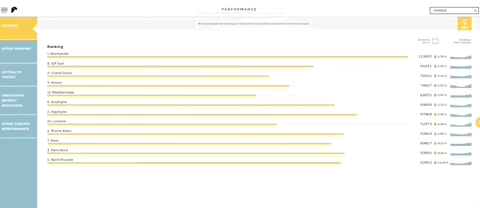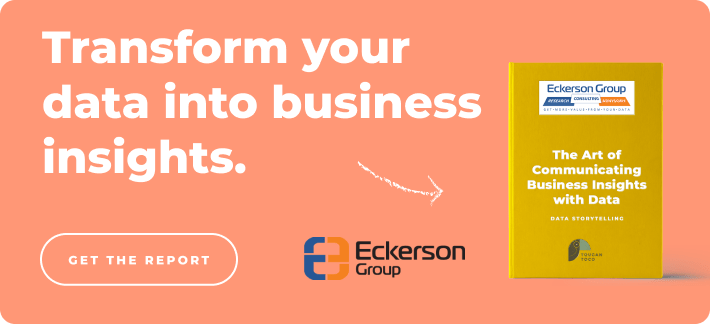Revenue forecasts - how to calculate them?
Revenue forecasts are a critical component of assessing, managing and optimizing a business's health. This probably doesn’t come as a surprise, since revenue forecasts are naturally impacted by your industry, product offering, customer relationships, and so on. Revenue forecasts are therefore needed in order to prepare a data-driven budget, forecast and strategy for your company.
What are revenue forecasts?
Revenue Forecasts are estimated projections of the amount of revenue your business will generate over a specified time period. So, revenue forecasting is the process of computing how much money your company is likely to bring in (usually assessed on a monthly, quarterly, and annual basis).
Strong revenue forecasts help determine, amongst other things, how much you can spend (and where you should spend it) and what your margins are likely to be. Furthermore, revenue forecasts that are driven by a wealth of data will give businesses more relevant insights into where they should invest their time and resources based on their long-term goals and historical results. Revenue forecasts also help with adaptation - they can (and should be) used to benchmark where you are versus where you thought you should be throughout the time period that you’re analyzing.
How to start revenue forecasting?
The answer to this question could go on forever, but there are certainly a few key themes to consider when beginning to create revenue forecasts.
The best place to start is, if it's available to you, with your past performance (both at the company and market levels). The previous period's revenue forecasts, for example, as well as the realized figures, can be foundational to the projections of the coming period (even if your project to perform much better, things like seasonality are usually relatively consistent for a given business).

Other factors to consider include hiring and staffing (if you plan to grow your workforce then you should plan to produce more), product diversification, changes in the competitive landscape, expansion to new verticals, etc.
There are two primary and frequently used broad approaches to revenue planning (both of which can be used in conjunction):
Bottom-Up Revenue Forecasts: with the bottom-up approach, analyze your existing customer base and the active contracts/subscriptions that you have. Also, include all your active pipeline opportunities, and consolidate all this information to get a better understanding of where your money is coming in. This can help you understand the sources of your business (which impacts where you invest in the future and how much you can optimize those channels and reduce your efforts into less performant ones).
Top-Down Revenue Forecasts: with the top-down approach, you might elect to start with an understanding of the total addressable market for your business. You can take a look at your competition, the ownership of the total market share, and think about how much you can realistically capture yourself. Then, you can take your goals and the proportion of organic sales you think you can generate, along with other factors like the cost of new account acquisition and the average revenues per deal that you expect to generate. From here, you’ll be able to calculate the marketing and sales costs and compare that against the budget to make adjustments.
It can be useful to create both a bottom-up and top-down revenue forecast and then see where the gaps are so that you have the best plan moving forward. Furthermore, revenue forecasts are dynamic and should be updated on an ongoing basis.
At the end of the day, powerful analytics don’t have to be complex and frustrating. Check out how Toucan can make it easy to connect to any data and deliver insights to everyone in minutes - no Ph.D. required.


